
Monson’s moment: A northern Maine town with an arts community and a James Beard Award-winning restaurant
 Photo / Fred Field
Libra Foundation President and CEO Craig Denekas on Route 15 in downtown Monson. Beginning eight years ago, the Libra Foundation began pumping $10 million into the ailing town and created a nonprofit artist residency program. “I think this is a great place. If one could pick a place to make a life, I think this would be a good one,” says Denekas.
Photo / Fred Field
Libra Foundation President and CEO Craig Denekas on Route 15 in downtown Monson. Beginning eight years ago, the Libra Foundation began pumping $10 million into the ailing town and created a nonprofit artist residency program. “I think this is a great place. If one could pick a place to make a life, I think this would be a good one,” says Denekas.
“Could artists revive a fading Maine town?” That was the headline atop a Boston Globe story. The year was 2017 and the fading town was Monson in Piscataquis County. I was the photographer for the story.
At the time, the town looked uninspiring and pretty dull. Many homes were in varying states of disrepair, with peeling paint. There was traffic, but most drivers were just blasting past on Route 15, on the last stretch to Greenville and Moosehead Lake. Car after car rolled through. Hardly anyone stopped.
“It was rough, really rough,” says Lucas Butler, who was town manager from 2014-17.
Fast forward eight years: I went back this summer to see if the fading town had been revived. And to ask whether artists could revive such a town.

History written on slate
Monson, located two and a half hours north of Portland or an hour and 20 minutes northwest of Bangor, has had heydays and busts since its founding in 1822.
Its first heyday started around 1870 with the discovery of black slate. The graves of John F. Kennedy and Jacqueline Kennedy Onassis at Arlington National Cemetery are made of Monson slate. Immigrants poured in and the population swelled to about 1,200 by the late 1800s.
But the quarries mostly failed following WWI and the Great Depression. For some six decades, Moosehead Manufacturing was the major employer, selling high quality furniture in Maine, the U.S. and overseas. But it closed in 2007.
It should be noted that Piscataquis County is the size of Delaware and Rhode Island combined with just 17,432 year-round residents.
While Monson has always been a stop for Appalachian Trail hikers and while Thoreau once stayed here and artists gravitated here in the early 20th century, the notion of it one day becoming an arts community seemed a distant dream, at best.
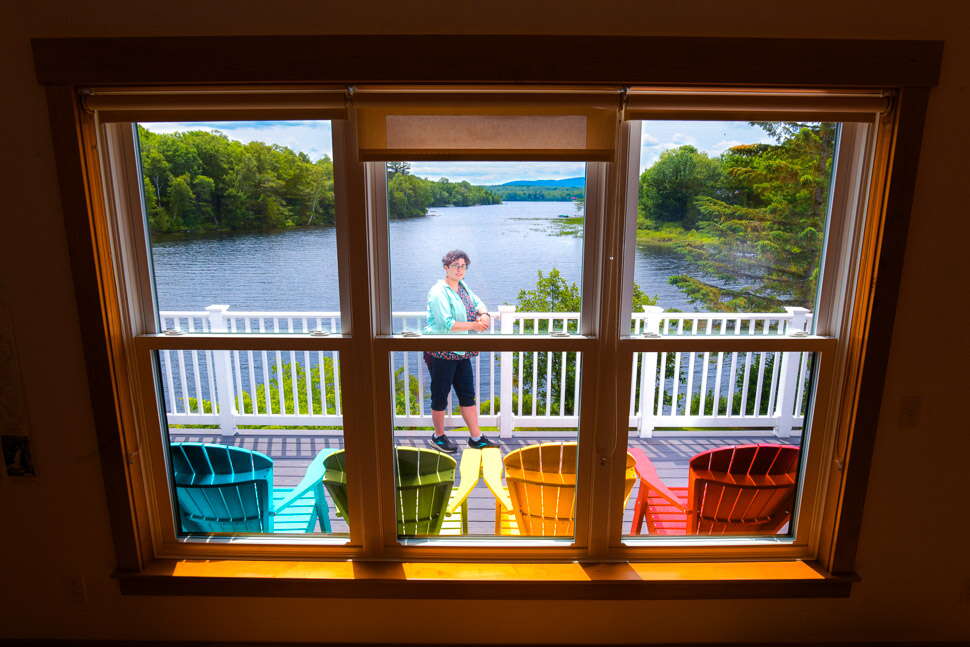

Arts community in the making
Monson’s journey toward becoming an arts community was conceived of and funded by the Portland-based Libra Foundation, which was created by philanthropist Elizabeth Noyce. Libra has invested $10 million in the town of 654.
A critical component would be the creation of an artist residency program. Today, Monson Arts bolsters an area that already had a number of notable artists.
I rolled into Monson this July and was immediately struck by how pretty it looks. Much of what was dull is bright. New buildings, new artist studios, great galleries, fresh paint and a great looking Monson General Store, owned and funded by the Libra Foundation. There were a few cool looking restaurants. There were artists by the sidewalk outside the Monson Museum peddling attractive barn quilt paintings and beautiful homemade hats.
I met with Craig Denekas, the president and CEO of the Libra Foundation.
“I believe we were the spark that helped start the change,” Denekas told me. “The area is teeming with creative talent — the furniture and woodworkers, unbelievable slate workers, painters, potters, cabinet makers tucked in the woods, musicians, the food.”
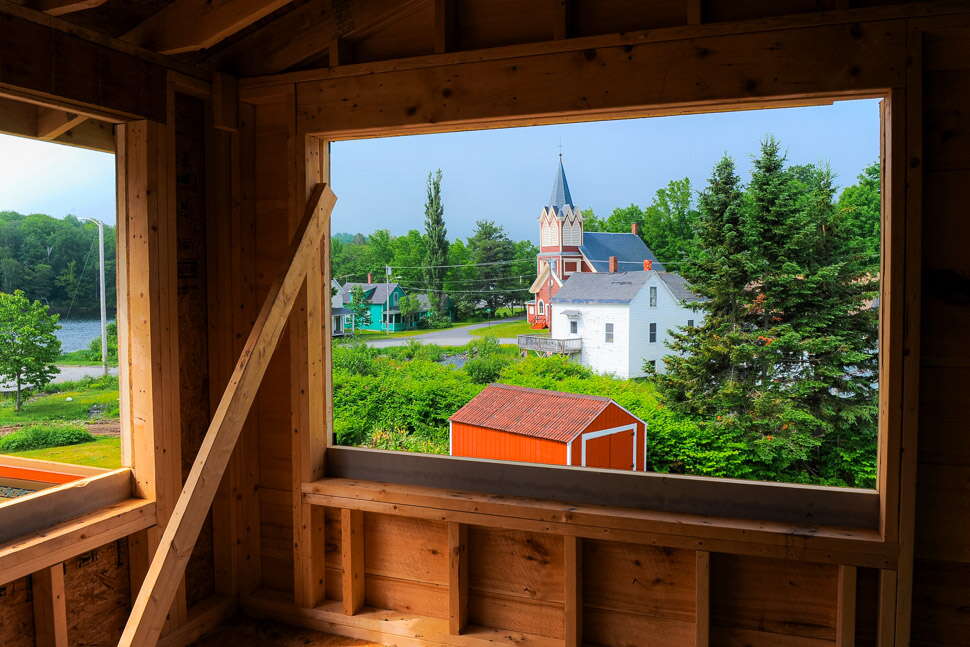

Make Monson ‘as bright as possible’
Denekas and I went to meet John Tatko lll, president of Sheldon Slate Co. Inc., a fourth-generation family business. Tatko greeted Denekas with a handshake and a message: “Thank you for saving us,” he said.
Tatko’s slate company produces high end custom slate products. He explained how the seed for the eventual Monson project was sown.
“[Libra Foundation Chairman] Owen Wells stopped by many years prior to the Monson project,” Tatko recalls. Fast forward several years, he and Denekas “had a vision for Monson and wanted to visit and see what people thought. Monson had really deteriorated. It looked very run down. People had lost their pride and were just surviving. We had started to see a different, very rough crowd move in. As the new crowd got more brazen, you would see a lot of bad behavior, even drug deals, in broad daylight.”
He recalled that Wells asked his opinion about what could be done. “I told him to make Monson as bright as possible,” Tatko says. “He looked at me funny and I told him, ‘rats do not like light.’ He chuckled. They did just that.”
The investment made a difference. “Monson went from a drive-through town to a destination,” Tatko says. “The Monson General Store has exceeded their expectations. People will drive here to lunch at the store. The quality of the products, selection and overall coolness of the store is a hit. The Galley Store and Monson Scoops are also hits.”
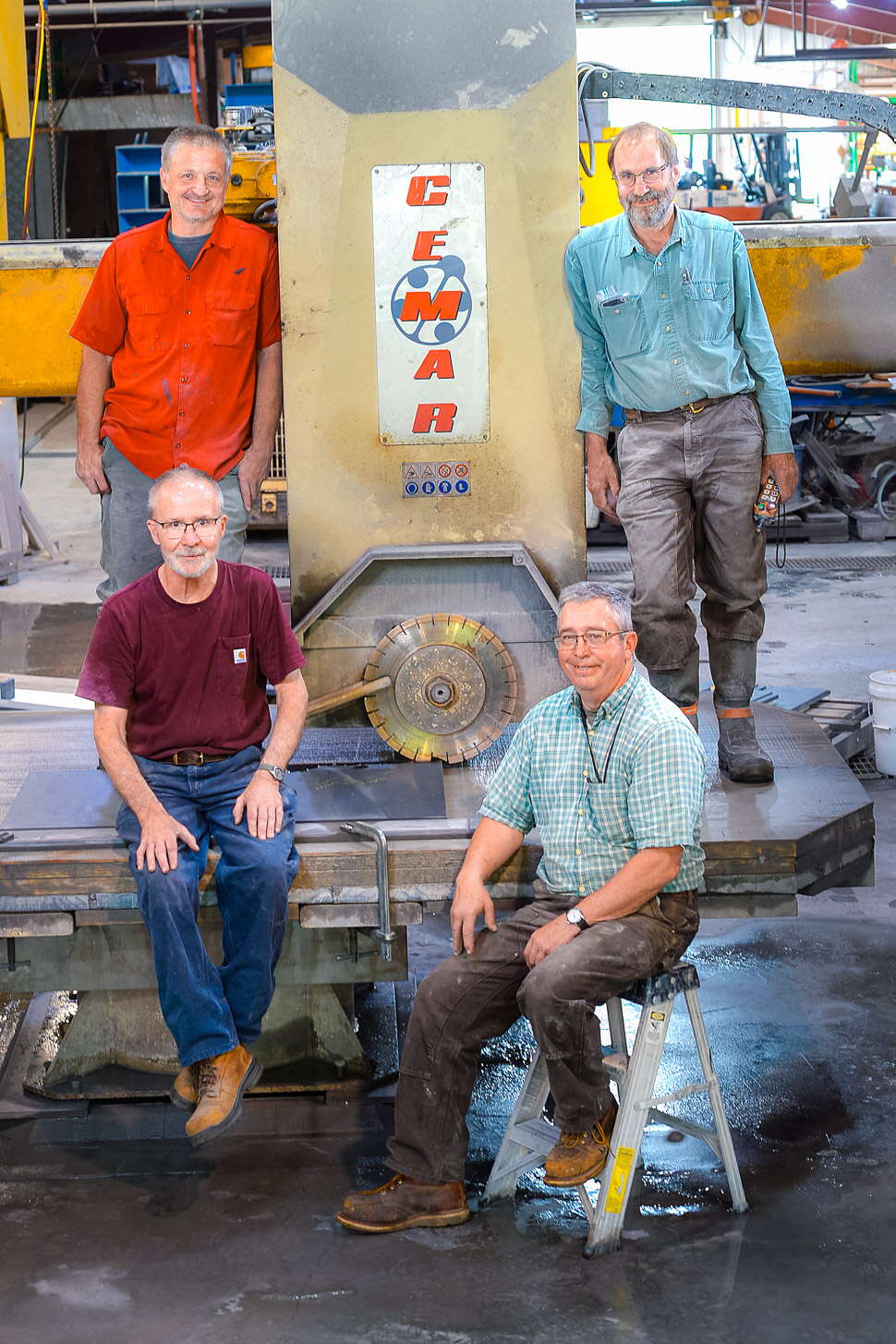
Artists in residence
Denekas took me to meet Chantal Harris, director of Monson Arts. She’s proud of the organization’s reach and programming.
Since 2018, Monsoon Arts has hosted 585 artists in residence.
“They are mostly U.S.-based artists from Maine to California. We have also welcomed international artists. It is a wonderful opportunity for the artists who come in residence to learn about each other’s work and cultures,” Harris says.
“This cultural sharing also extends to our students when they have the opportunity to meet the artists in their studios, and to the local community, as they are part of the town while they are in residence. They have breakfast at the general store and walk past the post office on the way to the studio, meeting the locals along the way.”
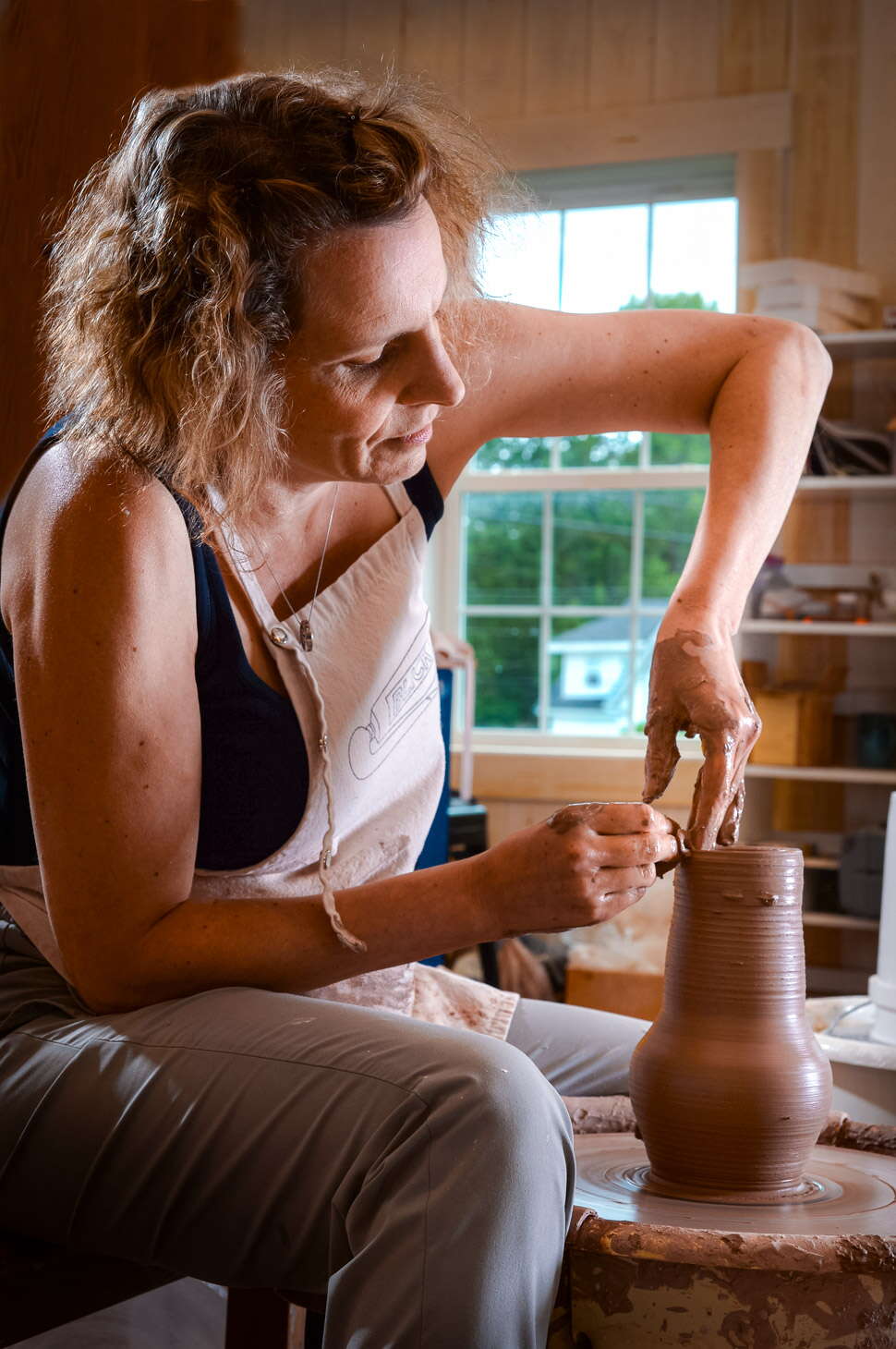

Jemma Gascoine, who came to Monson after stints in London and New York City, is the owner of Monson Pottery/Jemma Gascione Gallery and Studio.
“The artists in the residencies can be fascinating,” she says. “I feel pretty blessed when I attend the open studio events at the end of every residency session. The creativity and skill on display is astounding.”

A James Beard Award winner
I stopped at the Quarry to meet Marilou “Lulu” Ranta, the chef and owner, whose restaurant occupies a lakeside space leased from Libra. She won the 2023 James Beard award for hospitality.
“Forget the sophisticated eateries of Manhattan or San Francisco, but the Quarry, a fine-dining restaurant located in Monson, Maine, 60 miles northwest of Bangor, has outdone them all by being named the 2023 James Beard Award winner for Hospitality,” Gary Stern wrote at the time in Forbes magazine.
Something else that differentiates her from most restaurant chef-owners. When she takes a brief break from creating her multi-course meals, she emerges from the kitchen to speak with guests at each table. She is treated like a rock star.
Asked about her skill in hospitality, Lulu is matter-of-fact in her response.
“That’s easy,” she says. “I’m Filipino and where I’m from, if your neighbor doesn’t have a chicken and you do, you give them your chicken … I love people, I just love them.”

Monson’s heritage
Denekas and I journeyed to the home and studio of Todd Watts, director of the Abbott-Watts Photography Residency at Monson Arts. He moved his studio to Monson from a SoHo loft in New York City.
“Monson is a very small close-knit town, but unlike many small towns in Maine it has a long history of people arriving from away,” Watts told me. “Not tourists, per se, but people from Europe and Canada who settled here to work in the slate quarries, in the logging business and later the furniture factory.”
Henry David Thoreau stayed in Monson on his treks while researching “The Maine Woods,” first published in 1864.
In the early 20th century, artists started rolling in.
“The first notable artist, Seth Steward, was already in residence when the painter Carl Sprinchorn arrived,” Watts says. “Sprinchorn had been managing Robert Henri’s art school on Monhegan Island. When he moved to Monson he invited his friends like Marsden Hartley. They were both friends of Berenice Abbott and Elizabeth McCausland. When Abbott and McCausland moved in they invited their artist friends from Paris and New York.”
Later, artists like Alan Bray and John Bozin supported the arts in Monson and when the artist Jemma Gascoine arrived from London and New York, she along with Annalee Libby established Monson’s first art and crafts gallery, Lake Hebron Artisans.
A recent visit
To research this story and take photographs, I trekked to Monson four times from my home in southern Maine.
My final visit was July 19 for Monson Summerfest. The festival includes an “anything-that-floats” boat race on Lake Hebron, a craft fair on the main street, a triathlon, a slate skipping contest, fireworks and, of course, art.
The town was bright — which is exactly what Tatko had asked of Libra Foundation leaders years before.
“Libra Foundation’s vision for Monson has been a gift,” Tatko says. “There are so many places in Maine they could have chosen. They were ahead of the new wave we are seeing. I hope they stay involved in Monson. Libra took a place that was on the cusp of dying and gave it new life. I think they have an appreciation of this place, the people and the success they incubated.”


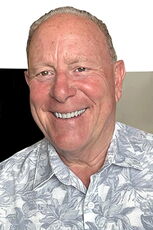



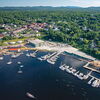



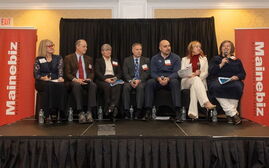
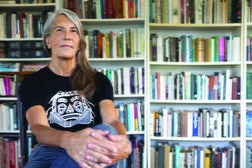
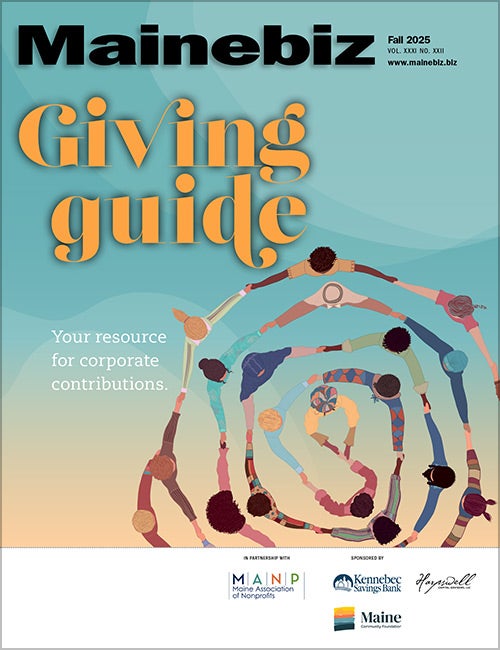
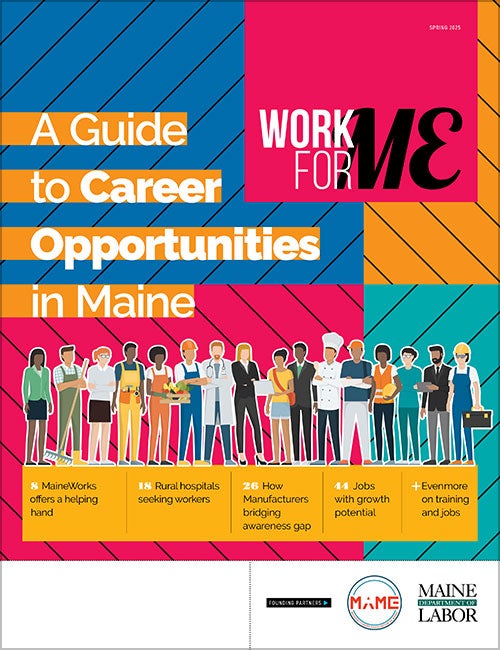


0 Comments